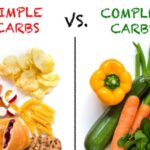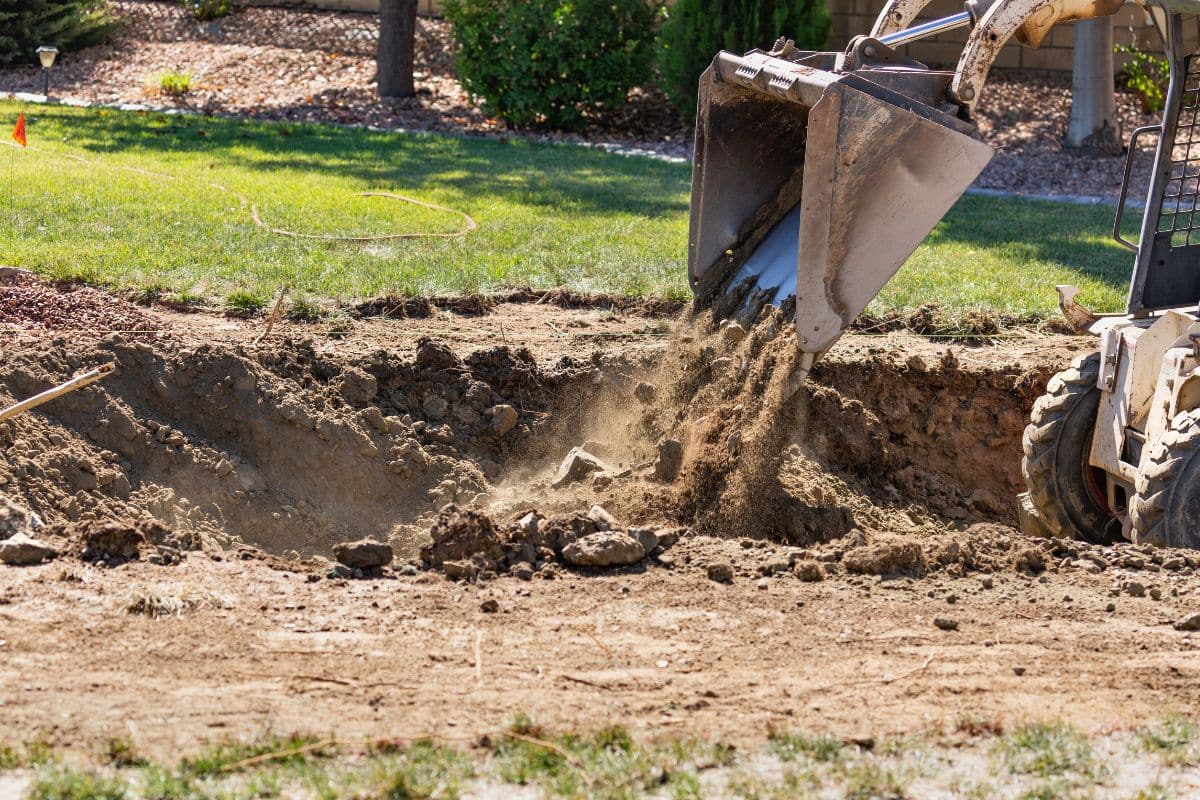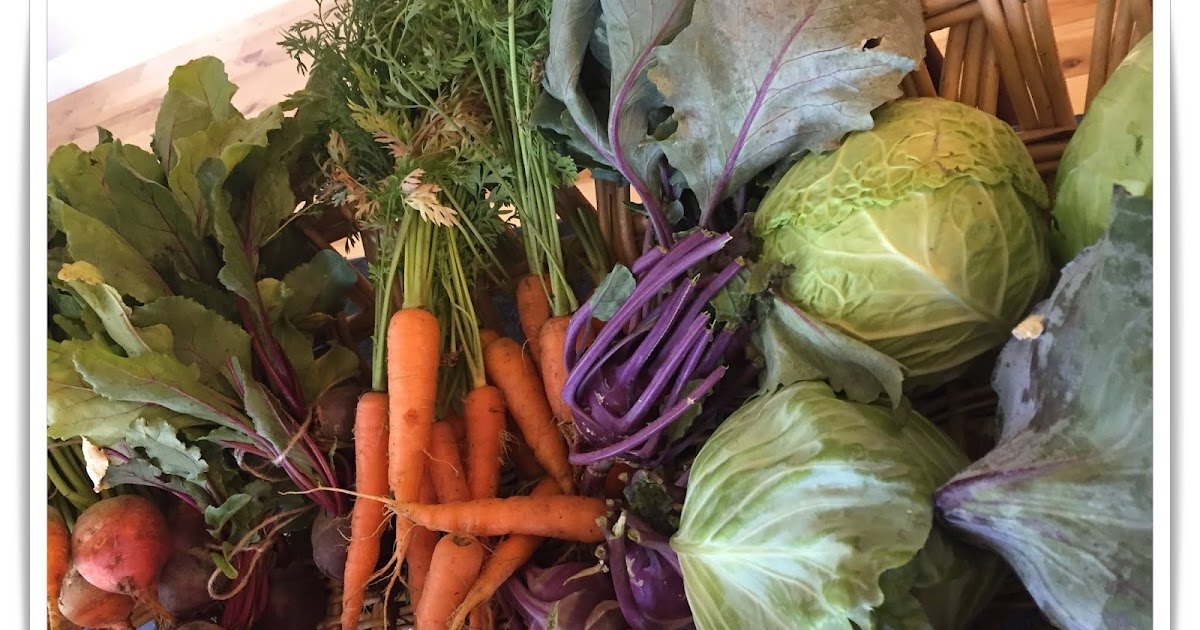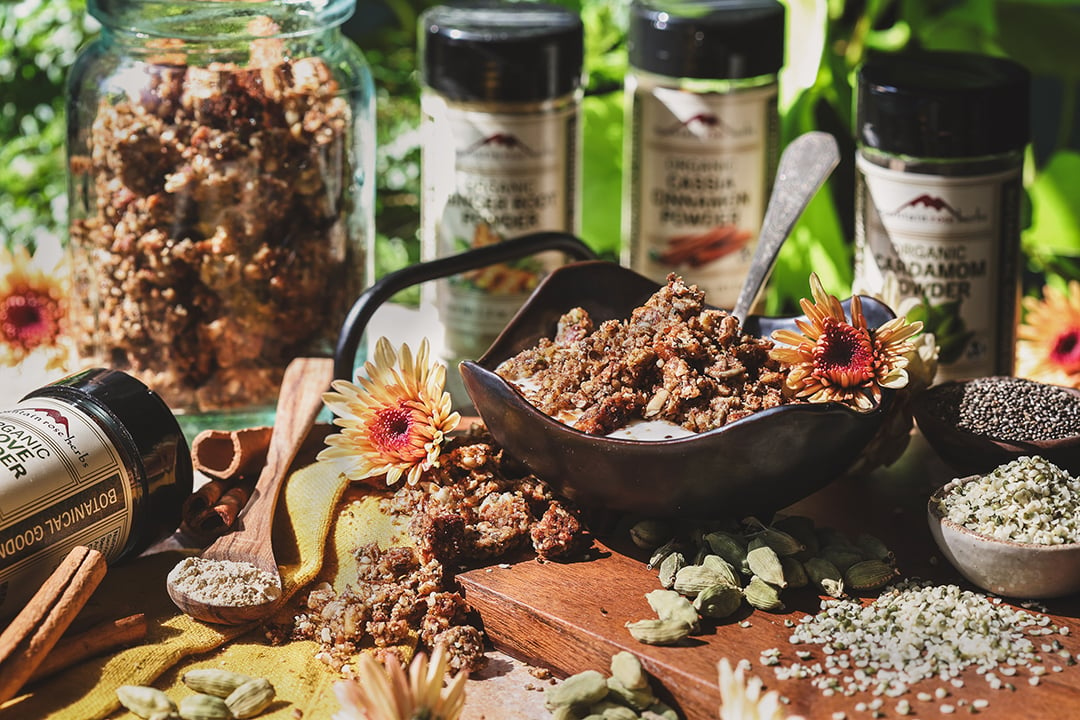Planning a landscaping project requires understanding material costs, and soil remains one of the most essential components. Whether you’re establishing a new garden bed, filling raised planters, or leveling your yard, knowing dirt pricing helps you budget effectively for your outdoor endeavors.
Understanding dirt pricing by cubic yard
A cubic yard of dirt typically costs between $15 and $50, depending on soil type and quality. This measurement equals 27 cubic feet, enough to cover approximately 100 square feet at three inches deep. Premium topsoil varieties command higher prices, while basic fill dirt offers budget-friendly options for larger projects.
Fill dirt prices range from $8 to $25 per cubic yard, making it ideal for foundational work and grading projects. This material contains minimal organic matter, providing stability for construction applications. Screened topsoil costs $20 to $40 per cubic yard, offering better drainage and nutrient content for planting applications.
Compost-enriched soil represents the premium category, priced between $30 and $60 per cubic yard. This nutrient-dense option supports robust plant growth and improves soil structure. Many gardeners prefer this type when planting tomatoes in the ground, as these vegetables thrive in rich, organic soil conditions.
Delivery fees significantly impact total costs, typically adding $50 to $150 depending on distance and quantity ordered. Suppliers often offer bulk discounts for orders exceeding 10 cubic yards. Local availability affects pricing, with urban areas generally experiencing higher costs than rural regions.
Factors affecting soil costs per yard
Geographic location plays a crucial role in determining dirt prices across different markets. Coastal areas and major metropolitan regions typically experience elevated costs due to higher operational expenses. Transportation distances from quarries and processing facilities directly influence final pricing structures.
Soil composition significantly impacts pricing tiers within the marketplace. Sandy loam varieties often cost more than clay-heavy alternatives due to superior drainage characteristics. Organic content percentages determine nutrient density, with higher organic matter commanding premium prices from suppliers.
Seasonal demand fluctuations create pricing variations throughout the year. Spring months witness peak demand as homeowners initiate landscaping projects, potentially increasing costs by 15-20%. Winter purchases sometimes offer savings opportunities, though delivery scheduling may face weather-related constraints.
Quality certifications and testing add value to soil products, justifying higher price points. Certified organic soil meets strict standards for chemical-free cultivation, appealing to environmentally conscious gardeners. Professional-grade mixes designed for specific plants, such as those requiring bone meal amendments when planting tomatoes, command specialized pricing.
Calculating your project’s soil requirements
Accurate measurements prevent costly overordering while ensuring adequate material for project completion. Length times width times depth provides the basic cubic footage calculation, which you then divide by 27 to determine cubic yards needed. Always add 10-15% extra to account for settling and compaction.
Different applications require varying soil depths for optimal results. Garden beds typically need 4-6 inches of quality topsoil, while raised planters may require 8-12 inches for proper root development. Lawn establishment projects generally need 2-4 inches of amended soil over existing grade.
Consider these common project requirements when planning your soil order :
- Flower beds : 4-6 cubic yards per 1,000 square feet
- Vegetable gardens : 6-8 cubic yards per 1,000 square feet
- Tree planting : 2-3 cubic yards per mature tree
- Lawn preparation : 3-4 cubic yards per 1,000 square feet
Soil testing before purchasing helps determine specific amendment needs for your property. pH levels, nutrient content, and drainage characteristics influence soil selection decisions. Some vegetables, particularly root crops you’ll eventually harvest like potatoes, prefer specific soil conditions that may require specialized mixes.
Smart strategies for reducing dirt expenses
Bulk ordering offers significant savings opportunities for larger projects or neighborhood group purchases. Many suppliers provide volume discounts starting at 15-20 cubic yards, reducing per-yard costs by $5-10. Coordinating with neighbors creates win-win scenarios for everyone involved.
Seasonal timing strategies help minimize costs while ensuring quality material availability. Late fall and early winter purchases often feature reduced pricing as demand decreases. However, spring delivery scheduling becomes crucial for project timeline success.
Self-pickup options eliminate delivery fees but require proper vehicle capacity and multiple trips for larger quantities. Standard pickup trucks typically accommodate 2-3 cubic yards, while dump trailers handle 5-8 cubic yards safely. Calculate fuel and time costs against delivery fee savings.
Creating your own compost amendments reduces long-term soil purchasing needs while improving existing dirt quality. Kitchen scraps, yard waste, and organic matter like coffee grounds for fruit trees provide natural soil enhancement. This sustainable approach builds soil health over multiple growing seasons.
Local sourcing opportunities sometimes offer cost-effective alternatives to commercial suppliers. Construction sites, municipal leaf composting programs, and agricultural operations occasionally provide quality soil at reduced rates. Always verify soil quality and safety before use in food production areas.










